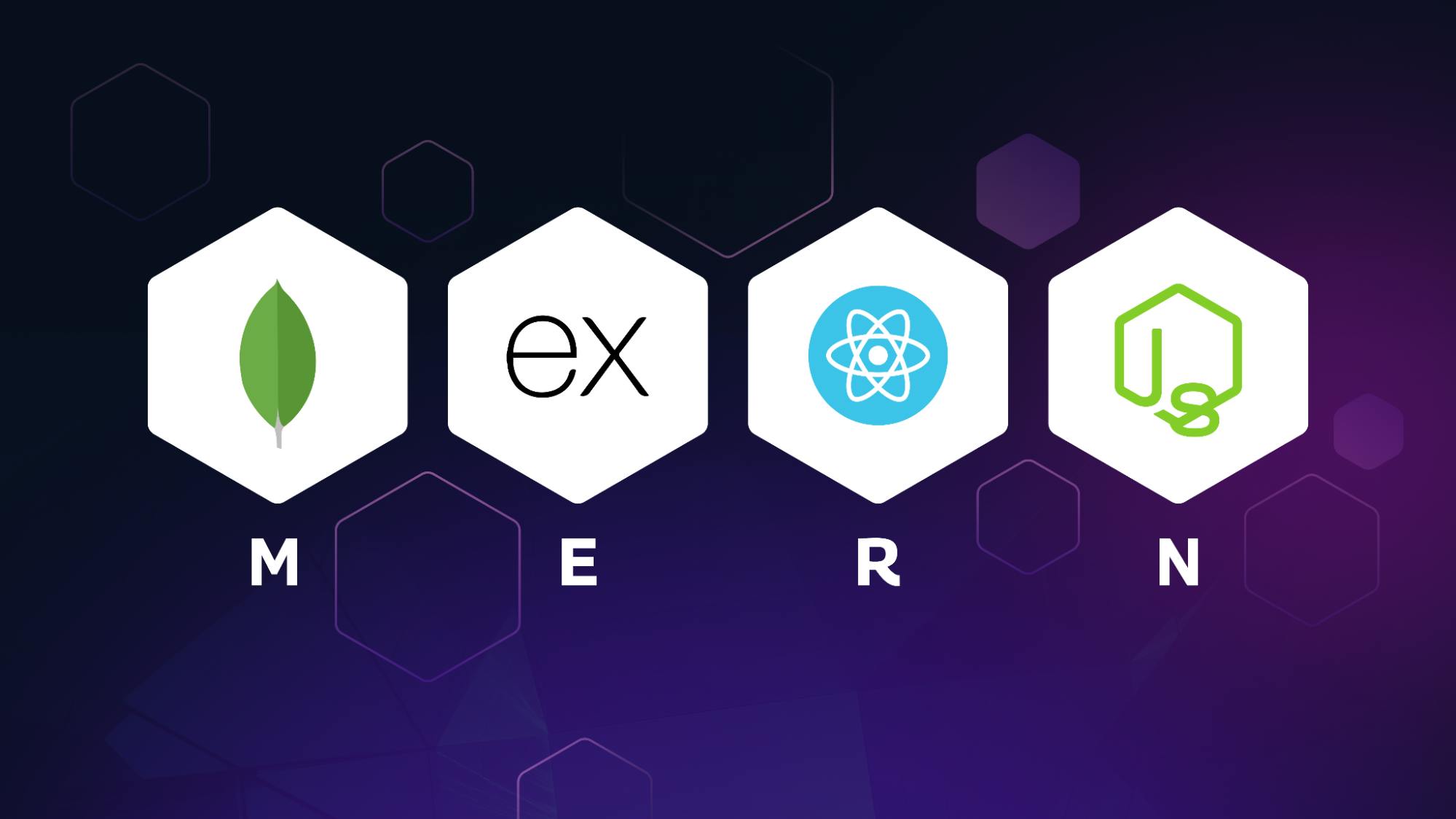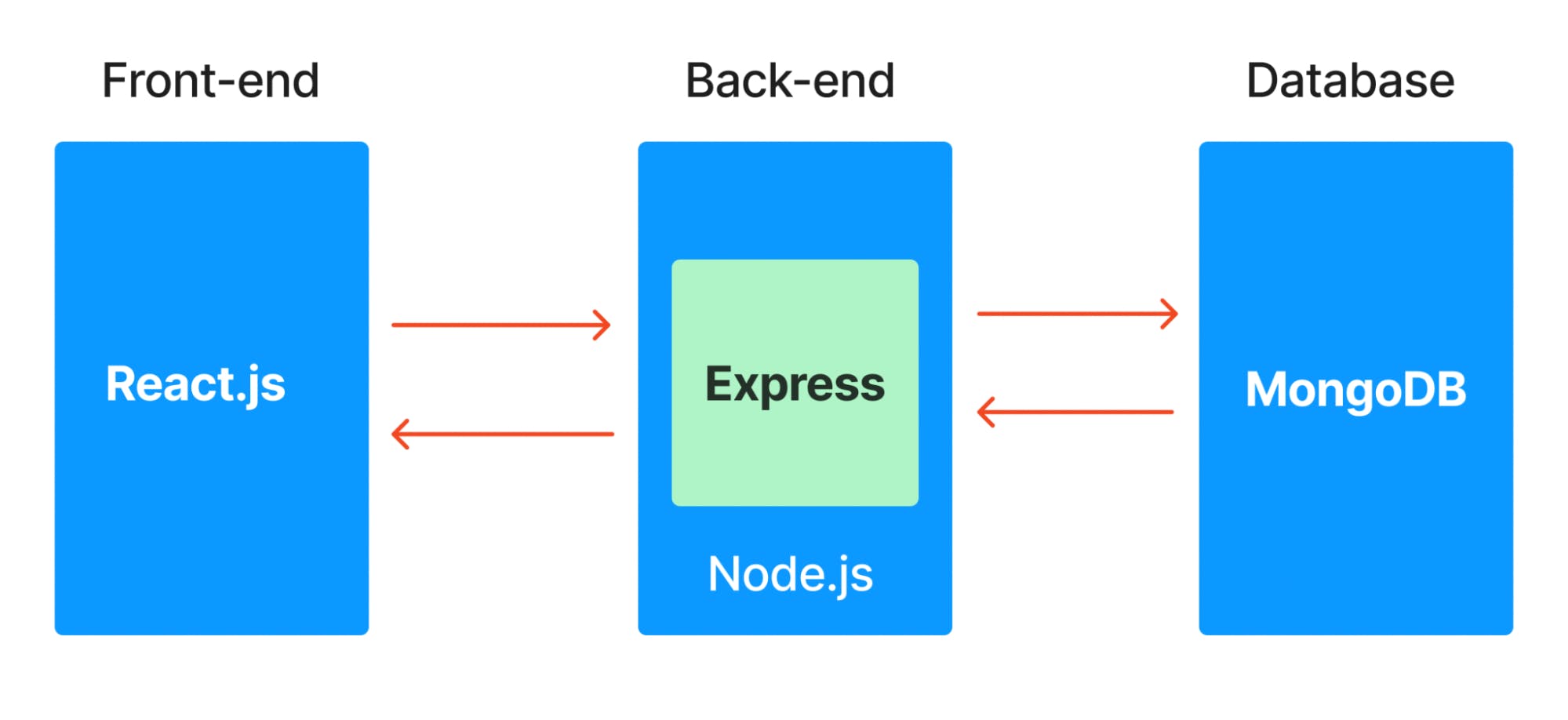Does MERN Stack Make Sense in 2023?


When thinking about building a web application, the MERN stack is often the first choice for many developers.
With this technology stack, a developer may create a full-stack web application with JavaScript as the fundamental language, which makes it easier to use, and has a broad range of uses.
All the technologies present in the MERN stack complement each other and dominate the market in their respective domains -- making this stack a popular option among developers.
But will it still make sense in 2023? Let's explore.
MERN Stack: A Powerful Tech Stack for Web Development
MERN Stack is built with four main technologies i.e. MongoDB, Express, React, and Node.js.

MongoDB
The web application's data is kept in a NoSQL database called MongoDB. Here, the data is kept in a semi-structured BSON (Binary JSON) format since it is a document-based database, as opposed to a fixed-column format like a conventional relational database.
Due to its increased flexibility, MongoDB is better able to handle massive volumes of unstructured data. Additionally, it is capable of horizontal scalability, which enables it to accommodate growing demands by introducing additional servers.
Express.js
Running on top of Node.js is the back-end web application framework known as Express.js. It offers a set of powerful tools for managing routing, middleware, and other typical back-end activities – streamlining the process of developing and delivering online applications. Moreover, it provides a simple method for managing CORS, cookies, and other web-related functionality needed by web applications.
React.js
A JavaScript library called React is used to create user interfaces. It is a game changer in the frontend space as it enables programmers to design reusable, dynamic user interface (UI) components that may be quickly combined to produce complex user interfaces.
React also employs a virtual DOM (Document Object Model) to streamline updates and reduce the amount of work required by the browser to update the user interface. Because of this, it is very effective and simple to use, even for complicated applications.
Node.js
A JavaScript runtime called Node.js enables programmers to execute JavaScript on the server side. Employing the enormous ecosystem of npm modules and the strength of JavaScript, it allows developers to create quick, scalable, and high-performance web applications. Real-time data communication is another benefit of Node.js that is required by most web applications.
These four components of the MERN Stack are simple to master, and it is even simpler to create web apps using them. When combined, they complement each other and create a robust full-stack app with support for APIs, caching, real-time events, and also client-side rendering.
The Key Factors That Make MERN Stand Out
MERN stack is popular for a variety of reasons, including:
JavaScript for both front-end and back-end: Developers may create a web application using only one programming language, JavaScript, for both the front-end and back-end.
Shallow learning curve: Because there is just one programming language to learn, it is easy to learn and implement.
Community support: Every technology in this stack is popular and loved by developers, hence you will find a massive number of communities centered around them. This makes debugging issues easier and more resources to get started with.
A large number of packages, and libraries: The MERN stack provides an extensive collection of library and package support that allows developers to construct applications in less time.
Flexibility and Scalability: This technology combination provides a high level of flexibility and scalability, making it suitable for a wide range of use cases, from tiny startups to major companies.
All of these factors contribute to MERN's popularity and widespread use in the development of web applications.
How does MERN Stack Perform in 2023?
MERN Stack is essentially a tech stack that enables developers to build & connect front-end and backend. However, frameworks like Next.js and Gatsby have also spun up lately that do the same, and even offer a much more elegant way to connect server-side functions to the front-end.
With these frameworks, you can easily build a serverless architecture, and API endpoints, and even manage how the individual pages are rendered with Next.js. Likewise, it becomes simple to utilize and create front-end applications with Gatsby or Svelte.
What’s more, is that Express.js is also facing stiff competition from the likes of Fastify which performs twice as fast as Express.js. MongoDB is also competing with other NoSQL databases like Cassandra and Couchbase.
Even though all these points may make MERN sound obsolete but it’s far from the truth. To be more precise, the MERN tech stack's future is promising since the underlying technologies will keep developing and gaining popularity.
One of the biggest advantages of MERN over other frameworks is the easier integration of a database and also the fact that you get a full-fledged Express.js and Node.js server which makes backend operations such as WebSockets and authentication seamless. Moreover, since React renders on the client side, you get fewer server calls and the performance is high when compared to other server-side rendering frameworks.
However, even if you use Next.js, Gatsby, or any other framework over MERN, you will still be dealing with creating aesthetically pleasing websites that are also responsive. This process is tedious and the designer-developer handoff is not always seamless.
This is where Locofy.ai can come in handy. If you want to learn more about how to convert your Figma design to React, React Native, HTML/CSS, Nextjs, Vue, and more, check out our docs. Or explore our solution pages for an in-depth look at how Locofy helps you build apps, websites, portfolio pages and responsive prototypes effortlessly using our low-code platform with seamless AI code generation.
